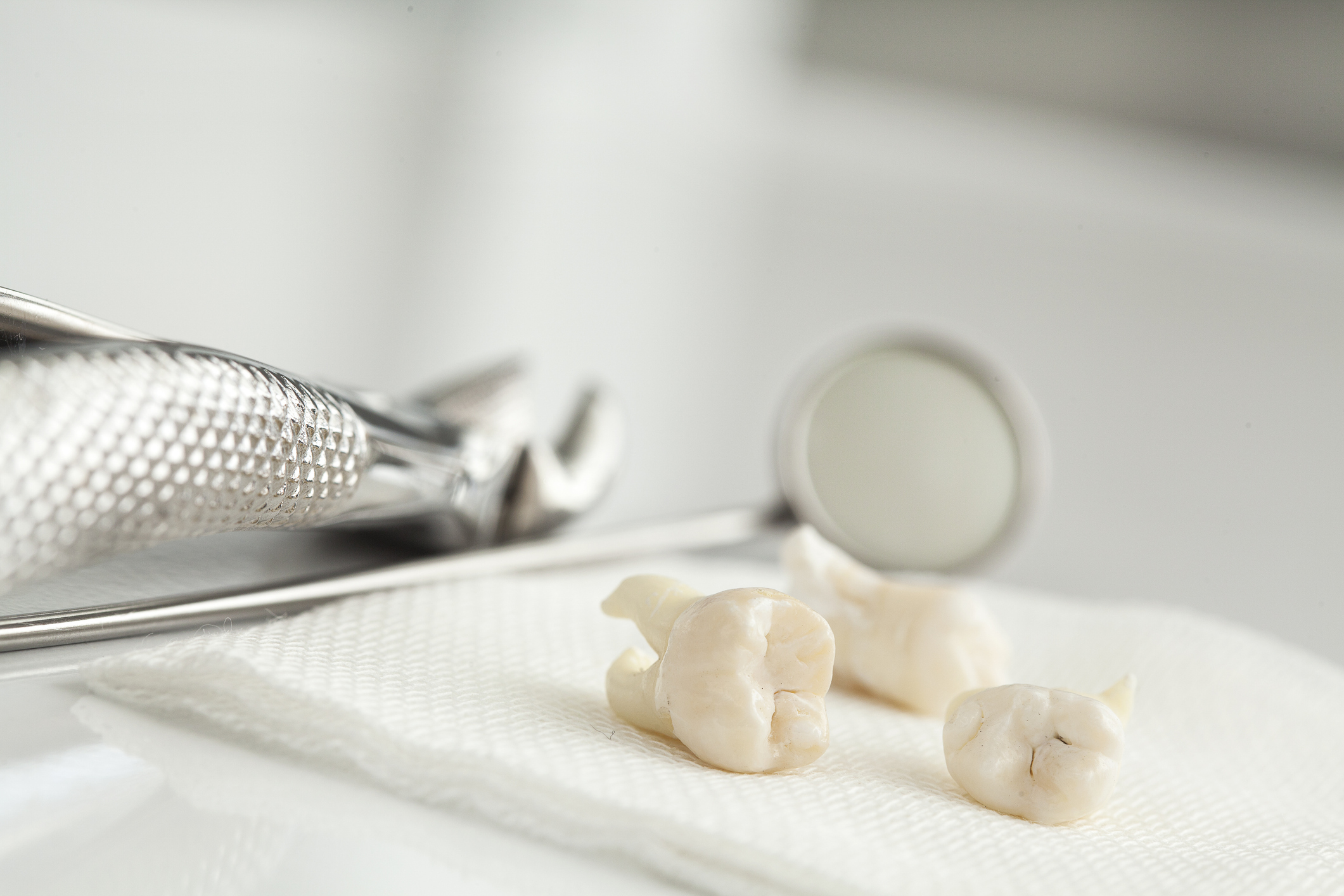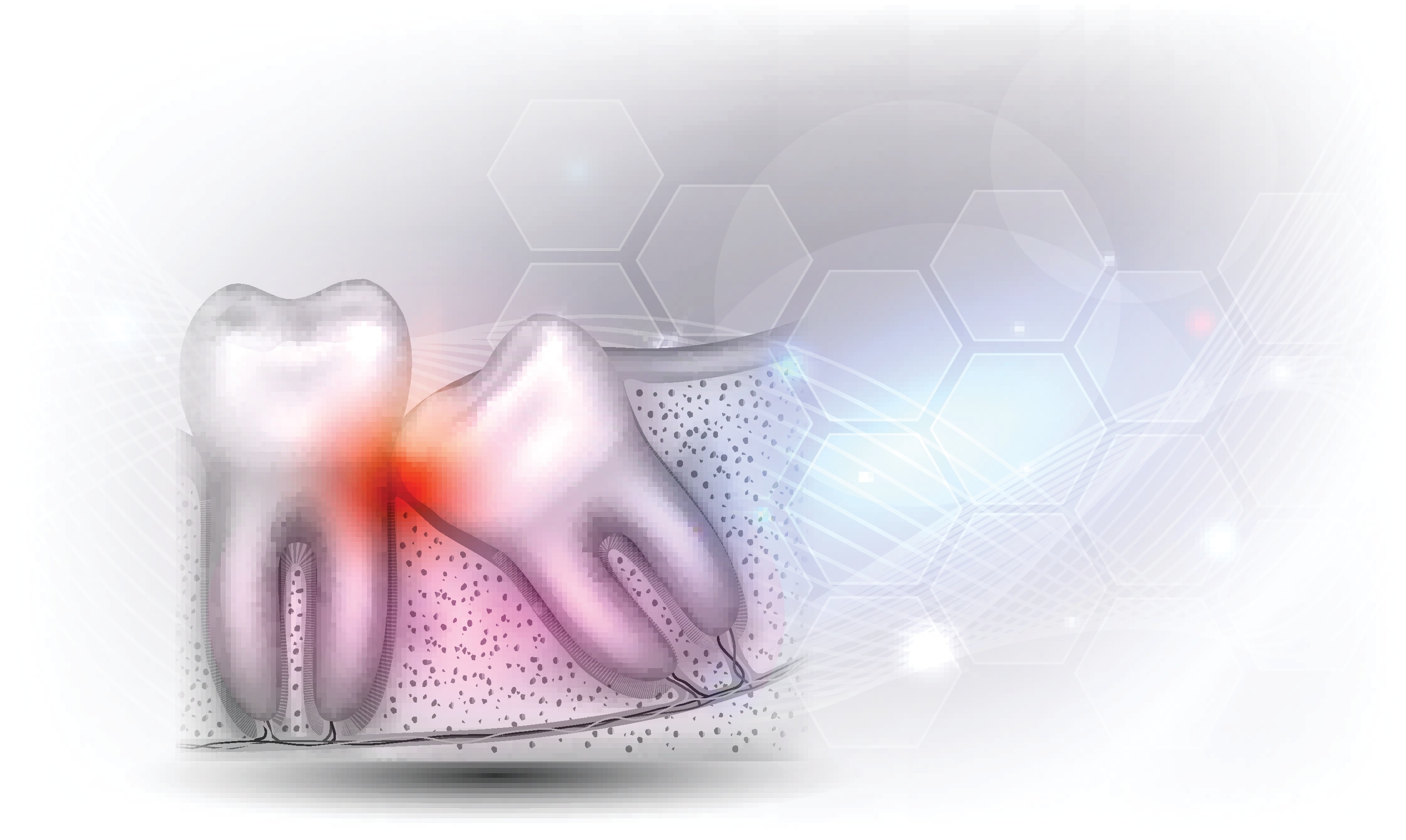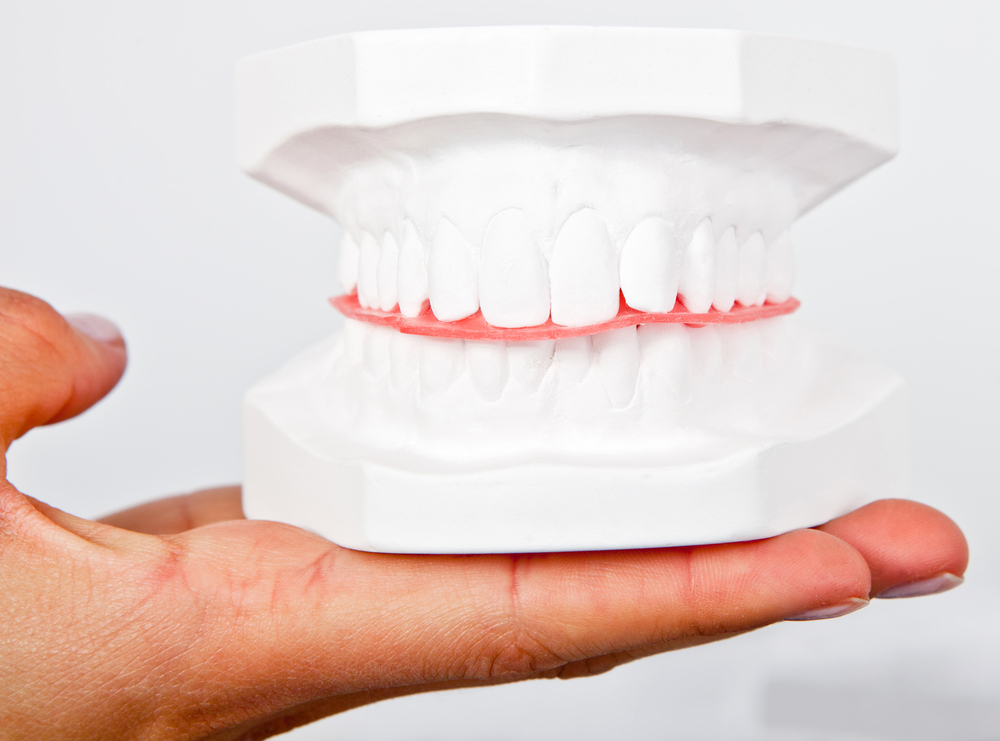When you lose a tooth, you generally have two replacement options: a dental implant or a dental bridge. Today, dental implants are the preferred method of treatment for most oral health professionals and their patients. Dental implants are the preferred method of tooth replacement because they are a permanent solution (which means they are non-removable and as close to a real, natural tooth as you can get). The strength and durability of an implant improves the patient’s comfort, speech, eating and overall oral health.
What is a single-tooth dental implant?
A single-tooth dental implant replaces both the root and crown of a missing tooth. The dental implant acts like a replacement root. This is the portion under the gum that is surrounded by bone. The crown is the portion on top of the gum that is the visible tooth you see in your mouth. The crown is attached to the dental implant by an abutment (small post that attaches to the inside of the dental implant).
How is a dental implant performed?
There are usually several stages to the dental implant process for a single tooth.
First, the tooth and root of the old tooth need to be extracted, if they aren't completely out already. If there is a tooth extraction the site will need some time to heal first before the implant can be inserted.
Once the site is healed, your oral surgeon will then install the implant (essentially a small metal screw) under the gum where the old tooth root once was. This screw acts as an anchor for the crown of the tooth replacement.
If the right conditions and bone quality are present, it may be possible to extract the tooth and place the implant and bone graft all in the same appointment. If this is an option you would like to pursue, please ask your oral surgeon if this is possible for you. This often requires additional imaging.
The initial implant procedure will need time to heal — usually several months. This allows for the surrounding jawbone to grow around the implant, fusing it permanently to the jawbone. While the site is healing, your oral surgeon or general dentist may place a temporary crown over the implant for esthetic purposes, and to maintain your ability to eat, drink and talk.
The final step of a single tooth dental implant is to create and attach the permanent replacement crown to the implant root. This makes the overall implant look and function like a natural tooth.
How is a dental implant different from a dental bridge?
The most common type of dental bridge replaces the missing tooth with an artificial tooth (called a pontic), but in order for it to be anchored into place, your general dentist needs to connect it to the two teeth on either side.
In order to do this, each of these adjacent teeth (abutment teeth) must be filed down. The bridge itself is then made up of crowns for the abutment teeth and the pontic in between. This is cemented into place over the missing tooth area to complete the procedure.
Unlike dental bridges, implants do not affect surrounding teeth or damage gums.
Who qualifies for a dental implant?
In order for the implant to be securely placed in the jawbone, there must be adequate bone to begin with. For some, this can be an issue; however, there are still some graft-augmentation options for certain candidates who have lost bone or tissue due to degeneration. In order to know for sure if you are a good candidate for a single-tooth dental implant, schedule a consultation appointment with your oral surgeon.
Contact Northwest Oral & Maxillofacial Surgery Today
Have a missing tooth? Want to learn more about your replacement options and the possibility of a dental implant? Contact Northwest Oral & Maxillofacial Surgery today.






.webp)
